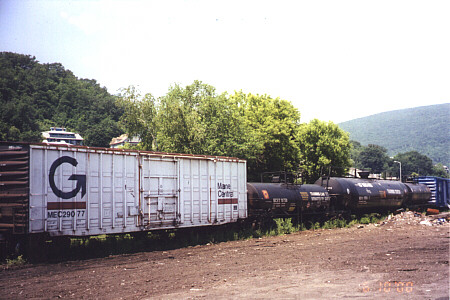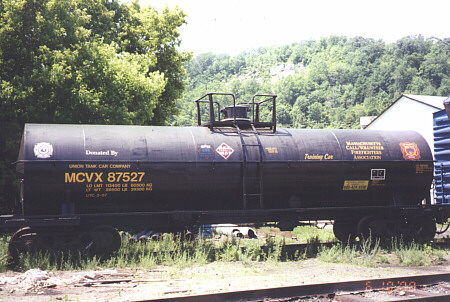
Knowing what to look for and what to do expenite an evacuation process
,O'Neill said.
Included in the presentations were sessions teaching firefighters
where to look for identifying marks of train cars,what those marks mean, and how to determine what the cars are carrying.
Firefighters aalso learn that cars are grouped by destination,not by
content, so cars carrying hazardous materials could be scattered
throughout the lengh of the train. Firefighters also observed a dis-
play of various types of vales used by the tank car industry.
"This is important information to exchange with communties",
Law said."Railroads are vital part of transportation in this
country. Rail use is predicted to increase,Law said, citing the
fuel effciency of rail transport and the growing interest in
passnger train service.The program was devolped after O'Neill and other firefighters from the Sherborn area attempted to provide rail-
road derailment training without having access to actual railroad
equipment."The real benifits of this elaborate exercise were not
achieved", O'Neill said. The train which is the only train with
railroad equipment registered to fire organization was assembled
with car donations from the Chicago tank car manaufacturers of
General American Tank Car Corp.And Union Tank Car Corpp.,and the
American Can and Foundry Co of St.Charles, Mo.,O'Neill said.

Future plans for the train include the addition of a passnger car,
which will allow firefighters to be trained in passnger car rescues
O'Neill Said. Increasingly,hazardous materials are being transported on what it called intermoal tank,ONeill said. An intermodal tank,
is expected to be added to the train in the spring,he said.
On Sept 23, the train was dedicated during a cermony held in Washington D.C Union Station. A second train is being put together,
which will be used for cross-country training sessions,and the orignal
train will be based in Massachusetts, available for training New
England firefighters,O'Neill said.